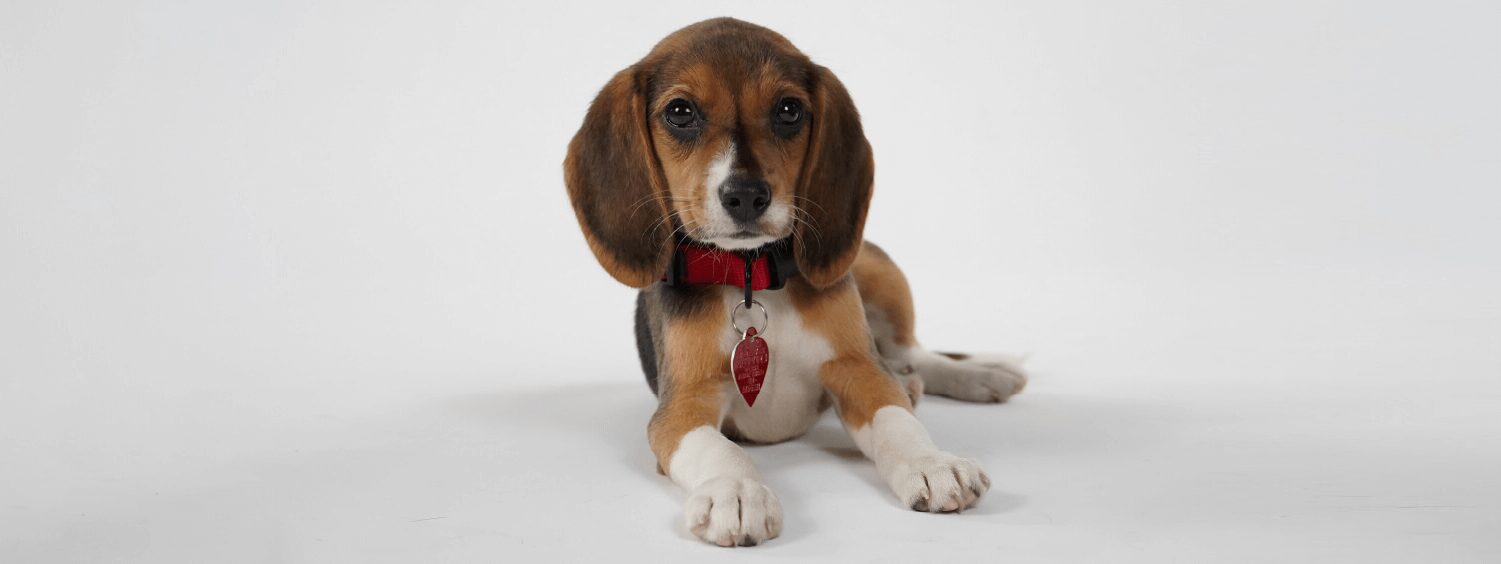Celebrating 150 Years Serving Atlanta
The Atlanta Humane Society stands strong today, as we have for 150 years, in defense of the vulnerable. We’re the oldest non-religious nonprofit in Atlanta, and our roots run deep in this city. We’re a locally supported nonprofit who’s holding up Atlanta with no ties to any national or regional umbrella organization. With 150 years of experience as our foundation, we’re uniquely positioned with the legacy and leadership to continue supporting Atlanta’s pets and our community for centuries to come.
As the needs of our community change, we’re committed to adapting so we can continue to be there for Atlanta’s animals. Our focus is set on expanding how we support Atlanta’s pet owners and how we utilize our leadership to impact animals throughout the Southeast. Our Community Outreach Team engages with partner shelters throughout the state and provides them with resources to save more lives. Through a restricted grant from a generous donor, they’re able to provide capital funds to other shelters to build kennels to increase capacity, lay new floors to prevent disease spread, and provide transport vans – all to increase the number of animal lives saved in our state. Remedy, our affordable veterinary clinic, increases access to veterinary care where it’s needed the most. And our Resource Center is providing pet tips and connecting our community to partner resources, like Paws Between Homes, to help those faced with potentially surrendering their beloved pet other options to keep their pet with their family where they’re loved.

“And there you have the key to the success of the Atlanta Humane Society: Public support. The catch is that this support must be a sustained, continuous thing.”
Bob Harrell, AJC, January 19, 1968
Submit a Story
Do you have a story about an animal you’ve adopted from Atlanta Humane, volunteering at Atlanta Humane, or working with Atlanta Humane through our years? We’d love to hear from you!
Who We Are
1873

The Atlanta Humane Society was founded by Captain Joseph Burke and a group of his friends. We were the first nonreligious, nonprofit organization in the city of Atlanta. The early members brought on two veterinary surgeons and a specialized police person was assigned to support humane work by the City Council. The first shelter for animals was in someone’s backyard until Burke found a permanent location consisting of a single room in a building downtown.
“It was not until 1873 that I ventured among my personal friends on the formation of the Atlanta Humane Society. They aided in the adoption of a municipal law against cruelty to animals – which I framed tentatively, hoping for a more favorable period for a broader enactment. We went vigorously to work and drove the cock fighting and dog fighting fraternity out of the city during the following two years.”
1890s
We ramped up efforts around animal cruelty, prosecuting five cases of cruelty to animals, investigating and assisting in 261 cases of neglect, helping to stop 59 disabled animals from being used as working animals, and carrying seven horses in our new veterinary ambulance for treatment.
Key members of the community stepped up to help track down and convict people whom Atlanta Humane believed to have mistreated animals. They often had to act as witnesses of violations to the laws for the organization. The Atlanta Constitution reported on February 1891 that a man named Neal Wilson was offered the choice of a fine of $50 or 6 months working on a chain gang for hitting a mule on the head and bringing it to the ground.
As part of our humane education efforts, we also distributed tens of thousands 0f pamphlets on humane care to the Atlanta community.
1908
Popular at the time, we organized a parade featuring work horses of Atlanta. In these years, we promoted the use of animals in transportation and agriculture—as long as they were treated with dignity and humanity. The care of horses was a huge part of our focus during the early 1900’s , and horses were viewed as necessary support to humanity, but ones who needed to be treated well.
1910s
We continued work pushing through laws including outlawing the use of heavy whips on all animals, discouraging giving small chicks as presents as Easter, and encouraging the use of drinking fountains for animals throughout the city when many dogs were being killed on the suspicion of having rabies, but were likely just very thirsty.
1920s
J.P. Stevens, an Atlanta jeweler, donated a lot of land at 1050 Marietta Street to Atlanta Humane to build a shelter location. Cats, dogs, and goats quickly filled the building.
Provided a free veterinary clinic to pet parents at 1035 Marietta Street. If a pet parent could pay, they were asked to do so, but if they are not able to, it was believed that with ‘its primary function being humane, it should go ahead and treat the patient while charging the fees off the book”.
We began to speak out more loudly on cruelty to human issues including petitioning against the flogging of prisoners stating, “It is a barbarous practice . . . inhumane, inhuman, savage, demoralizing alike to the prisoner who falls under lash and the ‘whipping boss,’ as he is designated in the official prison rules, who administers it.” Not all members of the prison committee agreed, but the council approved the measure to abolish whipping for women by a bare majority, and began studies to examine if whipping of men could be abolished.
Women began to be more prominent figures at Atlanta Humane, hosting meetings to discuss humane issues of the time, while men held many of the prominent leadership roles.
1924
Acquired the first ambulance for dogs in the south to help quickly transport injured dogs to veterinarians.
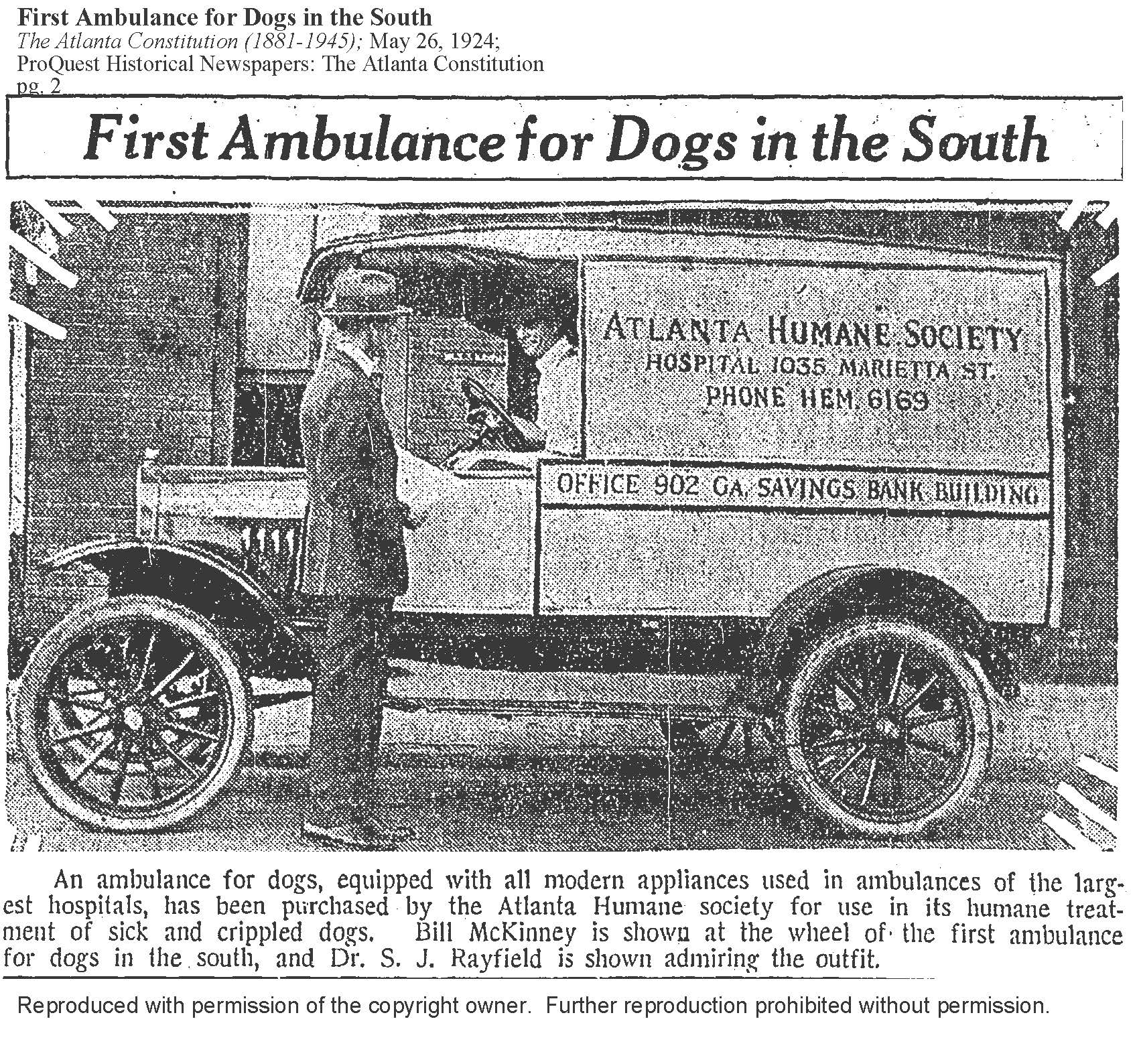
1929
Moved onto a property at 10th and Howell Mill. This shelter began as a house with wooden pens built into the yards and wire cages on the back porch and basement for sick dogs. As Atlantans left legacies and made donations, the wooden kennels were replaced with metal pens and fencing was put around a cement floor. Thanks to Mrs. Elizabeth Armstrong, a concrete building was placed years later on this property to house animals.
View our list of donors who made decades of animal care possible at this location.
1932
Began to attract the attention of other parts of the United States. An article in The Christian Science Monitor (April 1, 1932) discussed Atlanta Humane’s shelter for stray animals saying “these stray pets find loving care and a sure haven until those with understanding hearts may claim them as their own and bear them away to permanent home.”
1937
The health department standards at the time called for stray dogs to be shot by county officers, but Atlanta Humane pushed back stating that “valuable household pets might be protected” and encouraged these policies to change to protect animals in the city.
1940s
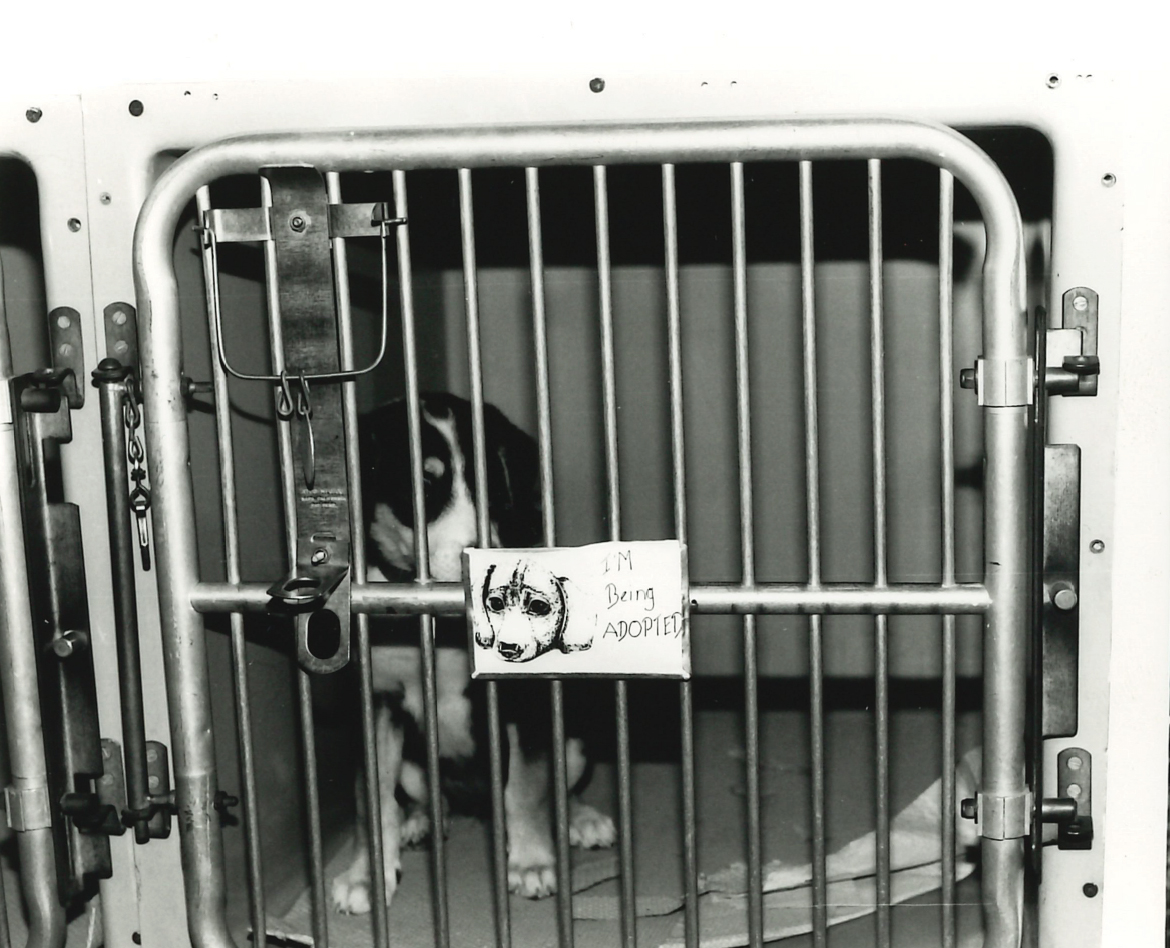
Began a shift from a somewhat general approach to preventing animal cruelty and inhumane treatment of people to a more specific interest in pets- particularly dogs.
1942
Met with organizations including Red Star Animal League, an organization for the welfare of animals during wartime and now part of the American Humane Society, to discuss helping animals who suffered during air raids or other war emergencies. The American Red Star Animal Relief was established in both Florida and Georgia under the guidance of the Atlanta Humane Society to prepare for the protection of animals from enemy attack because animals were of “sentimental value” and “monetary value”.
Became recognized as a 501(c)(3) organization
1954
Merged with the Society for the Prevention of Cruelty to Animals of Georgia, Atlanta Chapter Inc., and changed our name legally to the Atlanta Humane Society and Society for Prevention of Cruelty to Animals Inc.
1961
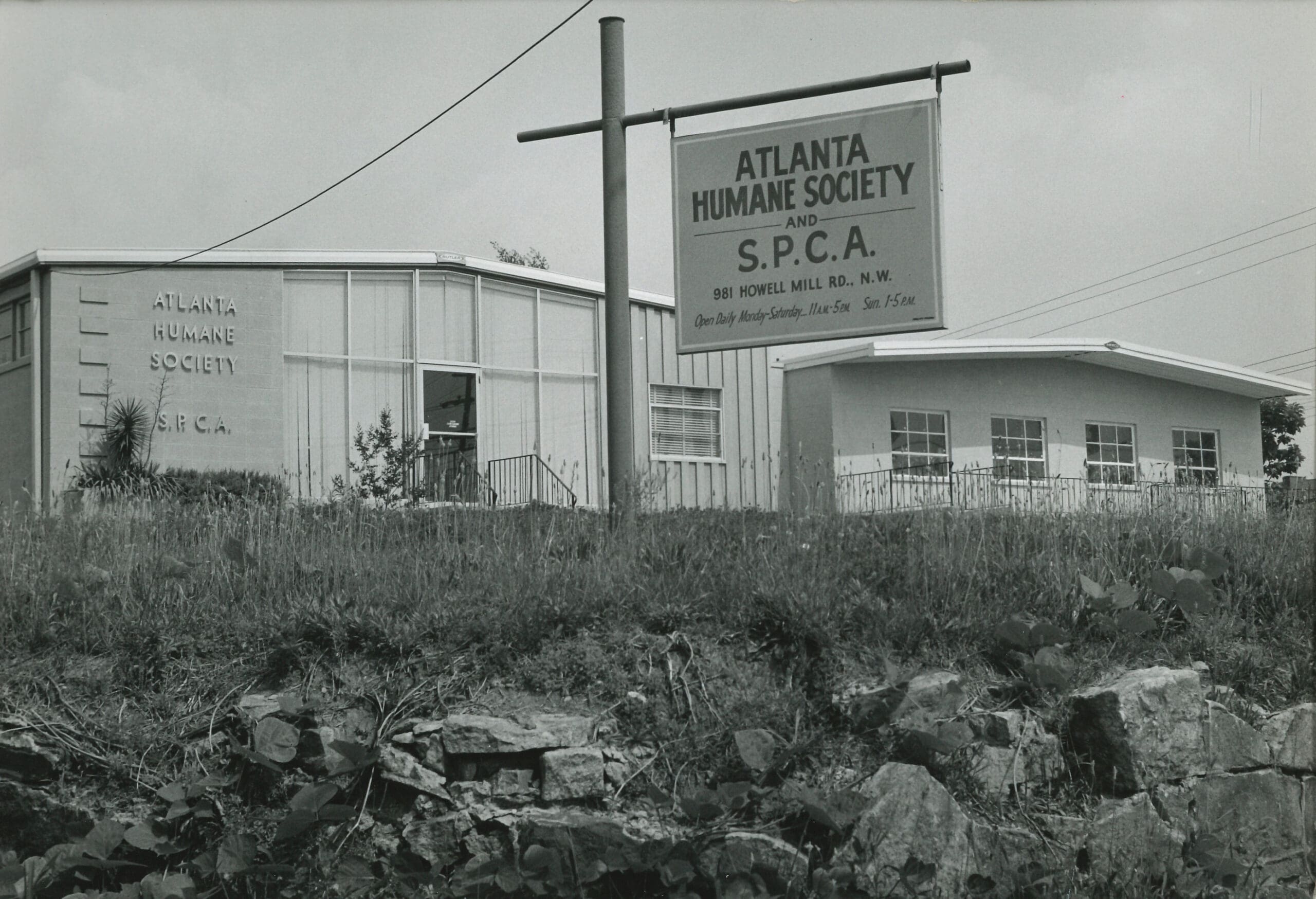
Built a new structure at 981 Howell Mill Road complete with an operating room, recovery room, cattery, isolation ward, and X-ray equipment. Brought in veterinarians to work at the shelter on a regular, volunteer basis.
1962
Elected our first female President, Miss Judy King after Sam Massell Jr stepped down and later became the mayor of Atlanta.
1970s
As Atlanta became more urbanized, Atlanta Humane became more and more focused on pets and specifically dogs with the motto, “We speak for those who cannot speak for themselves”. In 1972, Atlanta Humane looked into 236 reported cases of cruelty to dogs, 73 to horses, 15 to cats, 13 regarding pet shops, and 44 involving wild animals or livestock. By this time, Atlanta Humane operated in 100 of the 159 Georgia counties and processed 30,000 animals each year in addition to two animal ambulances, a pick up truck, and a horse trailer.
Hosted a mobile adoption center in Buckhead at the Sears Peachtree parking lot for 13 weeks on Sunday afternoons and found homes for more than 650 pets. The success of this mobile adoption unit led to the establishment of a permanent adoption center at 3495 Peachtree Road. 63 animals were adopted out from this location in its first two weeks.
Operated a public spay/neuter clinic at 981 Howell Mill Road.
Adopted out an average of 700 dogs and 300 cats each month.
The Women’s Auxiliary to the Atlanta Humane Society was organized and became a large source of fundraising.
1980s
Established a rule that all animals adopted from Atlanta Humane would be spayed or neutered prior to adoption.
Began offering a visiting pet therapy program where volunteers would bring pets to hospitals and other locations to help bring joy.
1984
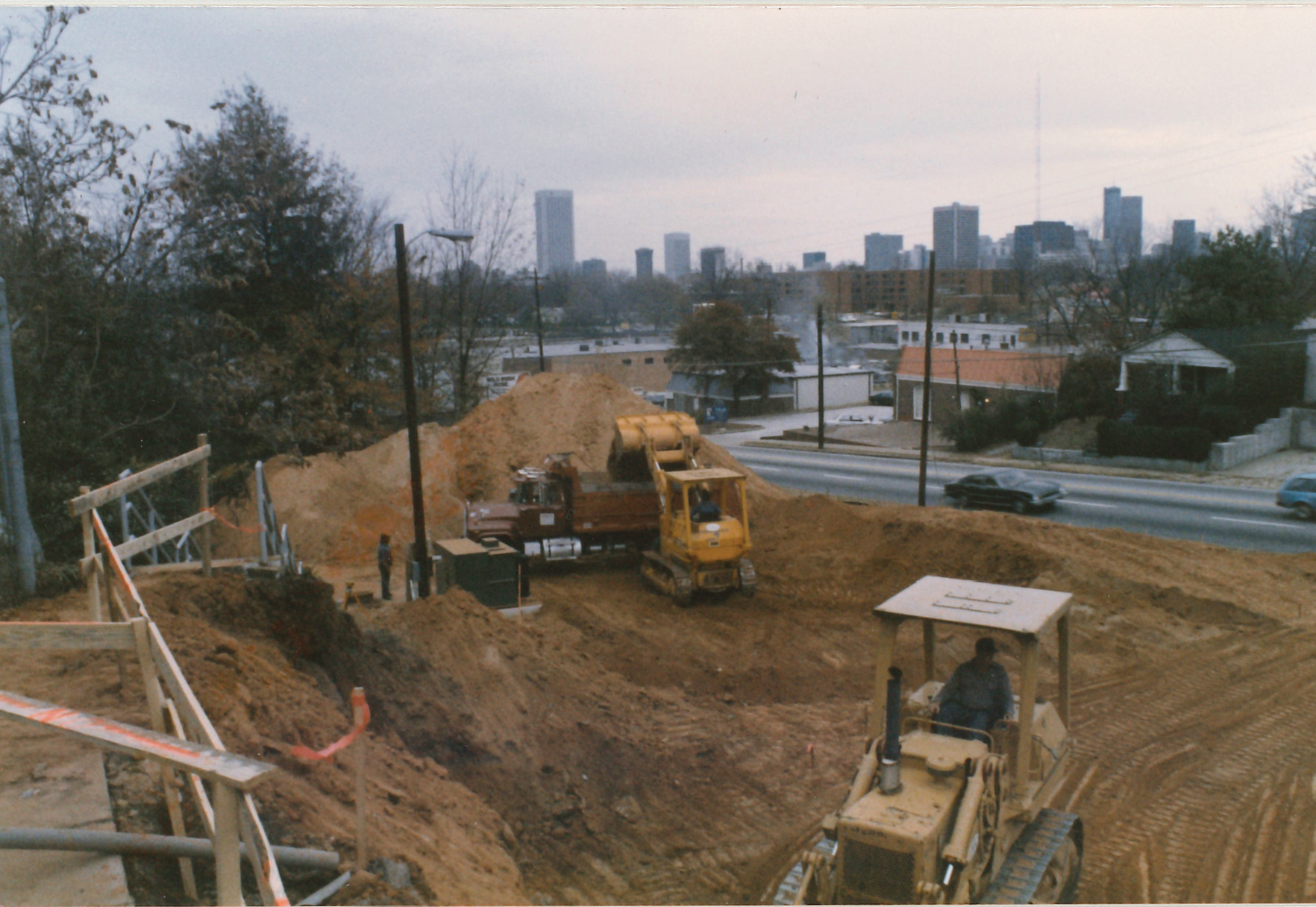
Launched a $2 million fundraising campaign to update the facility on Howell Mill Road.
1990s
Began to advocate for the regulation of pets through licensing, spaying/neutering, and microchips.
Pushed for legal changes to the arrest and imprisonment of people who neglect pets.
2011
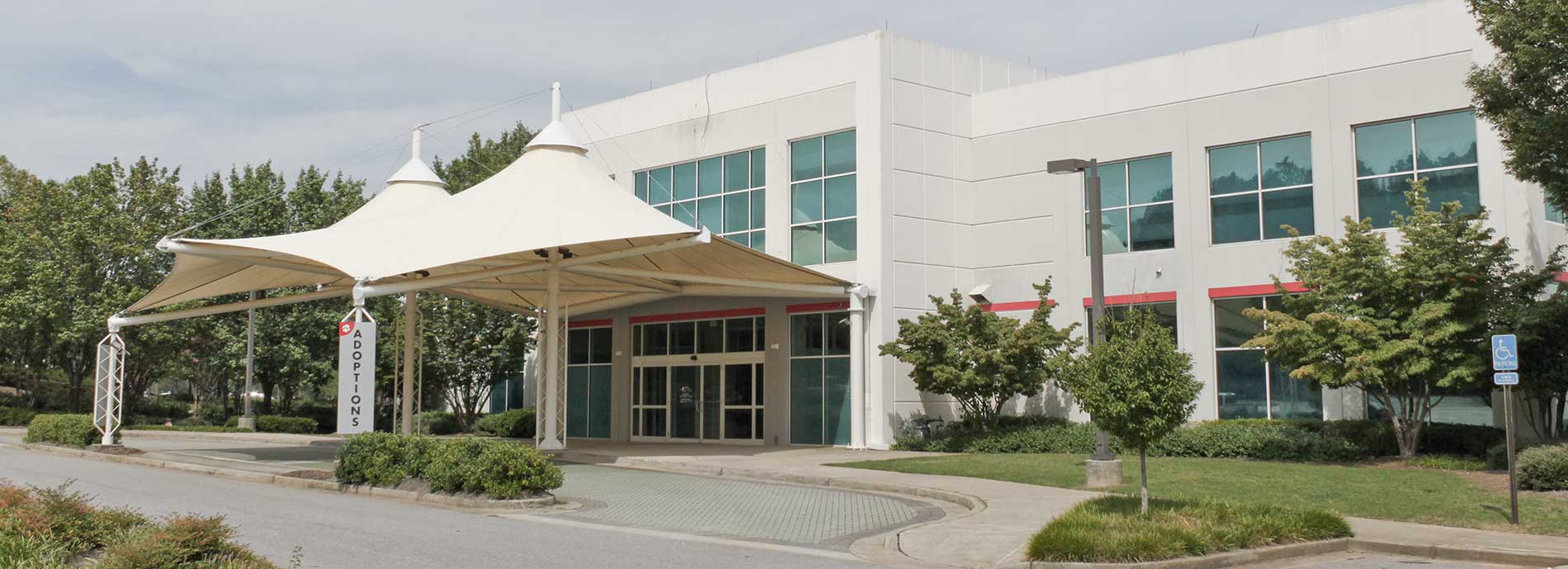
Opened a new location in Alpharetta.
View our list of donors who made decades of animal care possible at this location.
2014
Cal Morgan began as President and CEO, creating a new strategic plan and setting the Atlanta Humane Society on the course to be the leader of animal welfare in the Southeast.
2019
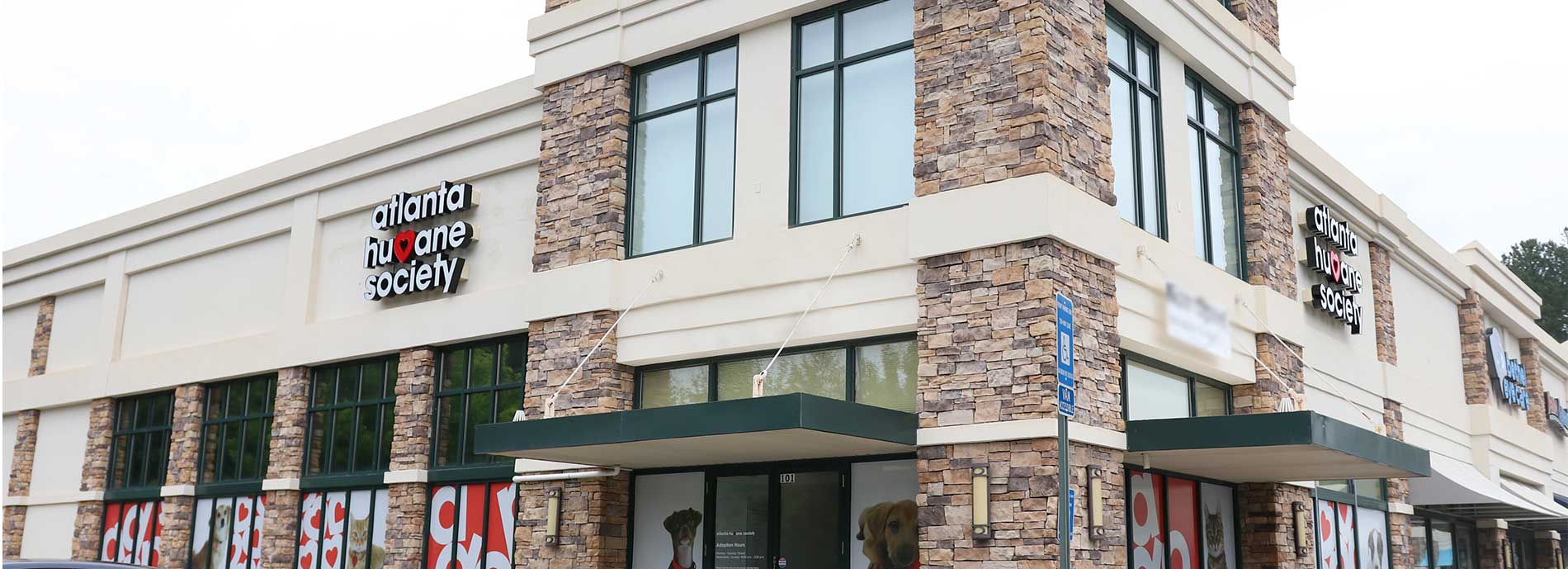
Opened an adoption center in Duluth, Georgia, with the support of Boehringer Ingelheim. The adoption center was successful in finding homes for hundreds of animals but closed during the COVID-19 pandemic.
2022
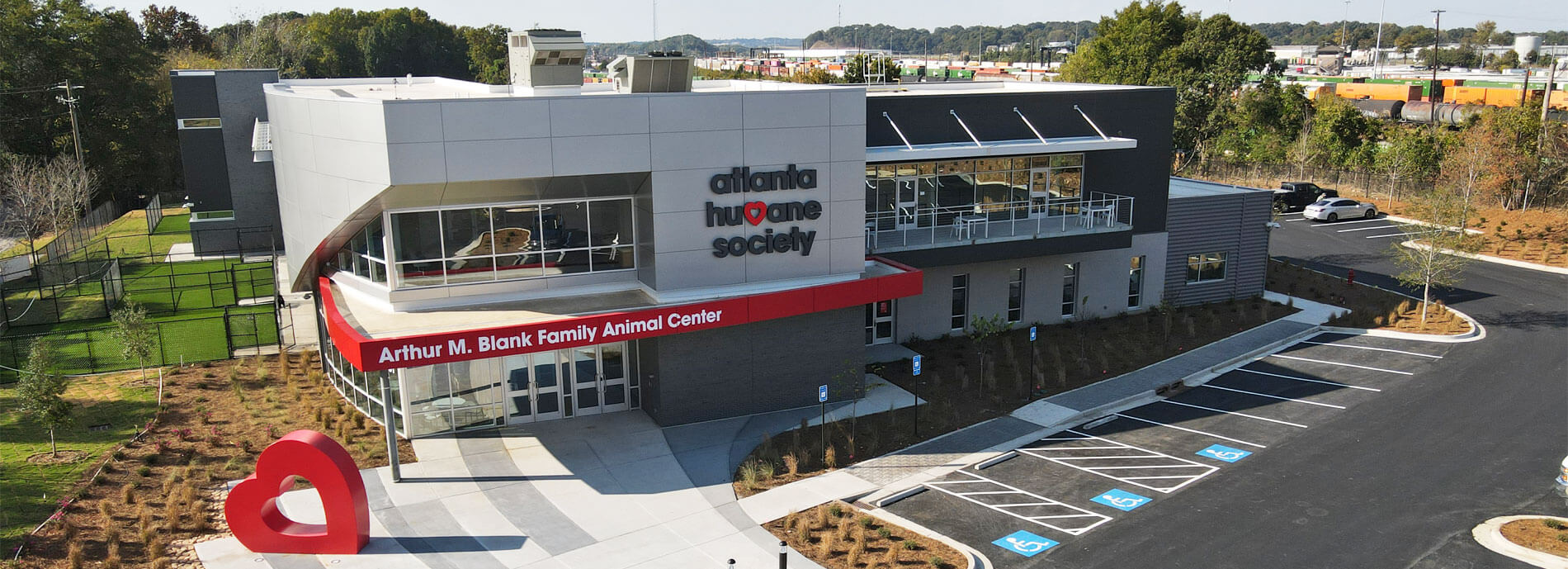
Moved out of our historic location at 981 Howell Mill Road and into our new home, the Arthur M. Blank Family Animal Center, just a few miles away at 1551 Perry Boulevard.
